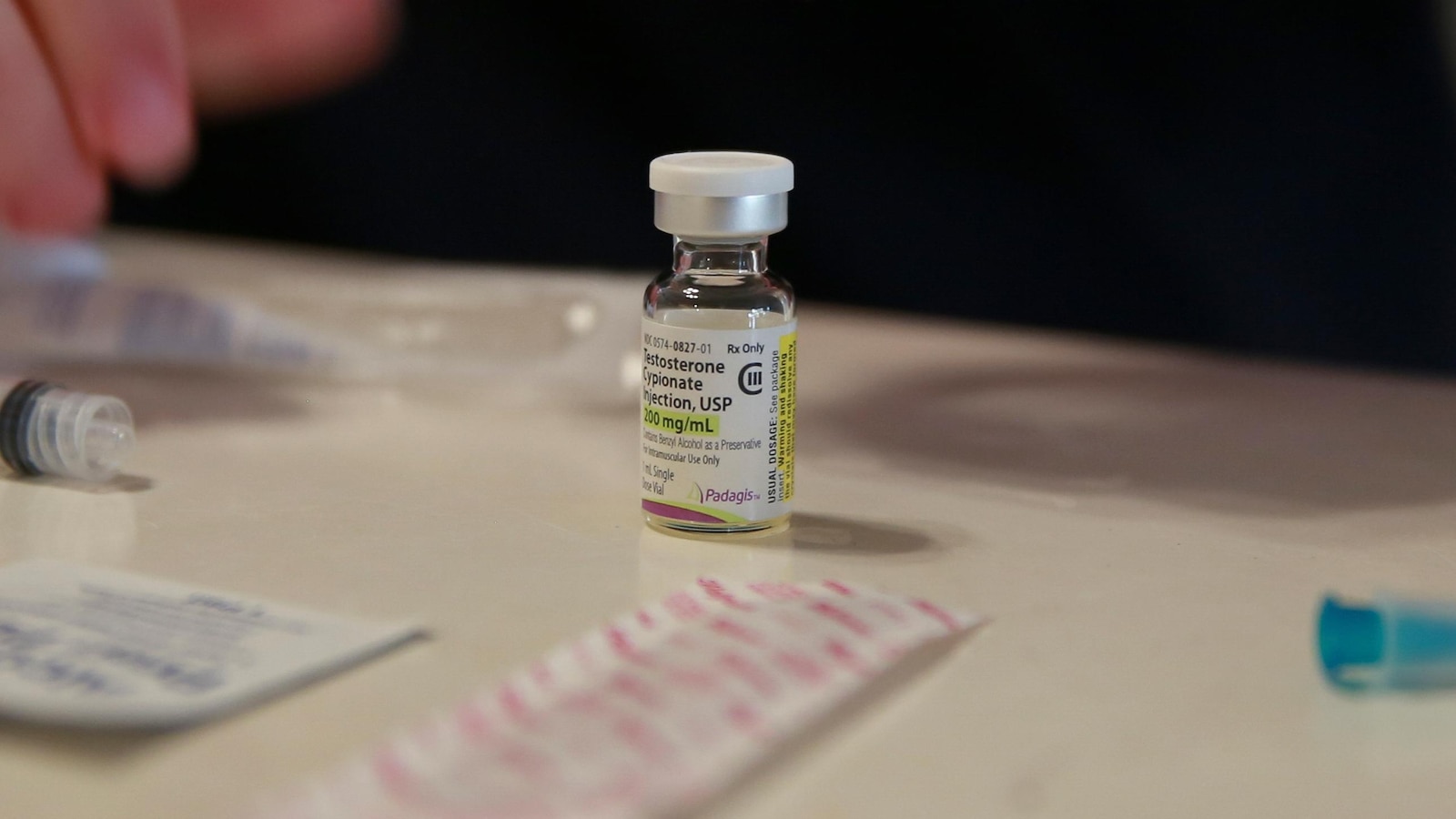
The Study
The new study, conducted by researchers in Taiwan, compared data from two large data sets: the Taiwan National Student Fitness Tests, which measures student fitness performance in schools, and the National Insurance Research Databases, which records medical claims, diagnoses prescriptions and other medical information. The researchers did not have access to the students’ names but were able to use the anonymized data to compare the students’ physical fitness and mental health results.
The risk of mental health disorder was weighted against three metrics for physical fitness: cardio fitness, as measured by a student’s time in an 800-meter run; muscle endurance, indicated by the number of situps performed; and muscle power, measured by the standing broad jump.
Improved performance in each activity was linked with a lower risk of mental health disorder. For instance, a 30-second decrease in 800-meter time was associated, in girls, with a lower risk of anxiety, depression and A.D.H.D. In boys, it was associated with lower anxiety and risk of the disorder.
An increase of five situps per minute was associated with lower anxiety and risk of the disorder in boys, and with decreased risk of depression and anxiety in girls.
“These findings suggest the potential of cardiorespiratory and muscular fitness as protective factors in mitigating the onset of mental health disorders among children and adolescents,” the researchers wrote in the journal article.
Physical and mental health were already assumed to be linked, they added, but previous research had relied largely on questionnaires and self-reports, whereas the new study drew from independent assessments and objective standards.
The Big Picture
The surgeon general, Dr. Vivek H. Murthy, has called mental health “the defining public health crisis of our time,” and he has made adolescent mental health central to his mission. In 2021 he issued a rare public advisory on the topic. Statistics at the time revealed alarming trends: From 2001 to 2019, the suicide rate for Americans ages 10 to 19 rose 40 percent, and emergency visits related to self-harm rose 88 percent.
Some policymakers and researchers have blamed the sharp increase on the heavy use of social media, but research has been limited and the findings sometimes contradictory. Other experts theorize that heavy screen use has affected adolescent mental health by displacing sleep, exercise and in-person activity, all of which are considered vital to healthy development. The new study appeared to support the link between physical fitness and mental health.
“The finding underscores the need for further research into targeted physical fitness programs,” its authors concluded. Such programs, they added, “hold significant potential as primary preventative interventions against mental disorders in children and adolescents.”







